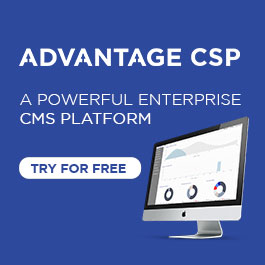
What you need to know
How do I organize my content so that it gets maximum exposure on the largest number of devices?
The history
“The fold” was established in the early days of newspaper printing, and refers to showing the most important headlines, photos and content in the area of the paper visible from newsstands to make passersby interested in buying it. The same concept was adopted by the web to indicate the area of the screen that important content or calls-to-action should be located above in order to be seen by most users when they first land on the page.
This was all well and good when most monitors were 800 x 600 pixels, but as screens continue to grow – and shrink – “the fold” for a webpage has become a moving target that many designers have trouble hitting.
The basics
First, you have to expect that no two users are going to view your website the same way. Even if they are both viewing your desktop screen, the ‘fold’ may appear in drastically different places for each of them. Even if they are both on an iPad, depending on whether it’s being held in portrait or landscape mode can change the entire layout of the content.
Does this mean that you should squeeze as much information as you can into the header space of your page? No.
According to Jacob Nielsen, “During the Web’s first years, users often didn’t scroll Web pages at all. They simply looked at the visible information and used it to determine whether to stay or leave. Thus, in usability studies during that period (1994–1996), sites often failed if they placed important information below the fold as most users didn’t see it.”
This skewed many designers’ opinions of the importance of keeping content above the fold for a very long time. But now, users are acclimated to scrolling. In fact, sites like Facebook, Twitter and Pinterest have implemented “endlesss scrolling” that has trained many users to expect content to continue refreshing as you scroll down, and to not be satisfied with the information at the very top of the page.
In Nielsen’s same analysis on scrolling, he notes:
People will look very far down a page if (a) the layout encourages scanning, and (b) the initially viewable information makes them believe that it will be worth their time to scroll.

via @BoredElonMusk
Key takeaways
- Assume “the fold” is in a different spot for every user, and should only be considered as a general guideline for layouts.
- Users will scroll, if the page encourages them to, or if lower content is teased at the top.
Resources
- “The Fold” tester – enter a URL and find out where the fold is for popular monitor sizes
- 10 Most Common Screen Resolution Statistics & Trends (Infographic)
- Life Above and Beyond the Fold – instructions for viewing your site in different screen sizes and determining visitors’ screen resolutions in Google Analytics


